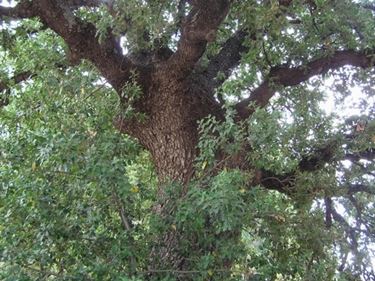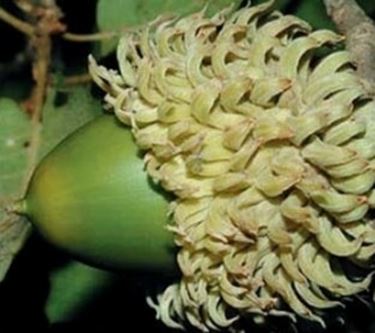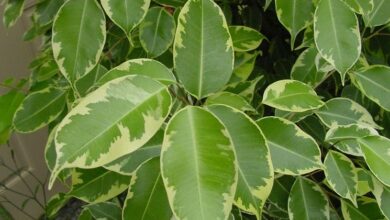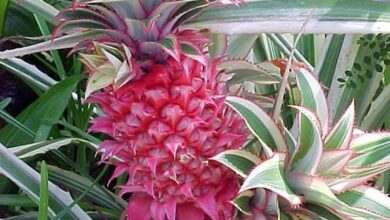Generality
The Vallonea oak (Quercus macrolepis or Quercus ithaburensis) is a semi-evergreen tree belonging to the Fagaceae family that usually reaches 15 m in height, with a straight trunk that can reach a meter in diameter despite the plant being not among the tallest oaks . It owes its name «macrolepis» (large casing) to the size of the dome of its acorns. The crown is expanded and globular, very enlarged, and the leaves remain on the plant for a long time, falling only in late autumn, or not falling at all in warmer climates, where only when the new leaves are released, in spring, abscission occurs. than those of the previous year. The branches of the year are yellowish and strongly pubescent. The leaves initially also very pubescent so as to appear white, then become leathery. When ripe they are oval or lanceolate, dentate in some cases, with the corded base and the lobed margin with 3-8 triangular and mucronate lobes on each side, 6-10 cm long and 3-7 cm broad. The petiole is 2-4 cm long, the upper page is smooth while the lower one is gray due to the presence of starry hairs and waxes. The ovoid buds are brown and pubescent. The bark, which is dark and smooth at first, gradually becomes deeply and widely fissured. Flowering occurs in May. The male flowers are grouped in 2-5 cm long pendulous catkins and have six stamens each. The female flowers are gathered in short spikes and have 4-6 brown styles. The pubescent fruits are red-brown cylindrical acorns and umbilicated at the apex, over 4 cm long and 2-3 cm broad, with a woody and everted dome, very showy and aesthetically valuable, about 6 cm in diameter, with scales more than 1 cm long which together make it look like a dahlia or chrysanthemum flower. They are carried by about 2 cm peduncles in groups or isolated and mature within two years except in some particular habitats, they are also edible like chestnuts, with a sweet taste. The domes of the acorns are rich in tannins and therefore, if pulverized, they can be used for the tanning of the skins, which regularly happened in the past when the vallonea oak was cultivated for this purpose. Subsequently the tannin obtained from the cheaper chestnut tree replaced the use of that of the Vallonea. The root system of this taproot oak later becomes very expanded and superficial.

Climate and terrain

In Italy the vallonea oak is present from 0 to 200 meters above sea level only in Campania and in Puglia, in Salento, in the area of the municipality of Tricase, where among others there is the famous Quercia del one hundred cavalieri, a Quercus macrolepis of more than 700 years of age which owes its name to the fact that its foliage more than 25 m wide provided shelter for one hundred armed knights. Probably the presence of the Vallone oak in Italy is not to be considered natural, although some attribute its presence in Salento, which has geological and climatic characteristics similar to those of the Balkans, to a remote lowering of the sea level and the consequent creation of a land bridge between the two regions with the spread of flora from one side to the other. Many attribute its presence to Basilian monks between the 10th and 11th centuries. The Vallonea oak is heliophilous and xerophilous, and thrives in a Mediterranean climate with high autumn rains and on poor limestone soils, in arid fields and woods. It is absolutely not rustic.
Plant and cultivation techniques
The propagation of the vallonea oak occurs by seed immediately after harvesting, as for all oaks, also because the seeds quickly lose their vitality. The planting of the seedlings must be carried out at a very young age (within two years) since its root system absolutely does not tolerate disturbances. Alternatively, sowing can be carried out directly in the home, protecting the acorns and seedlings from mice and squirrels. It can bear partial shading only in the juvenile stage. It should not be pruned as the plant gives its best if left free to expand and grow as it prefers, but if a bearing is necessary, the plant has no problem withstanding it. Ideal, in suitable climates, as an isolated specimen in very large contexts.
Parasites and diseases
If the plant is grown within its natural distribution range, it has an optimal resistance to diseases. In particular it is resistant to fungi of the genus Armillaria.







